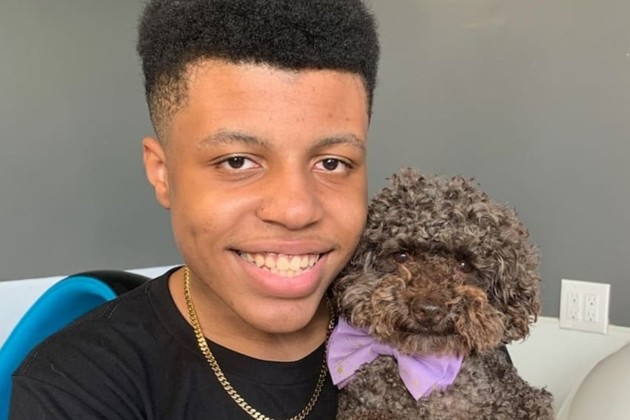Expert Advice on How to Teach Young Children Manners

True or false: Teaching good manners should begin when your children are babies.
True. The ways parents and babies relate to each other, such as by playing games and eating together, lead to developmentally appropriate group behavior, also known as good manners.
With babies, eye contact is the start of babies engaging with others. Looking at someone shows personal interest and mutual respect. Naturally, babies don’t know they are practicing proper etiquette and manners when they play peek-a-boo. To them, it’s just instinctual to look into the eyes to connect with another person. As babies age, parents who listen to their children while looking at them will find that their children do the same. In parental lingo, you get what you give! If you look and listen to your children, they will learn to do the same with you and with other people as well.
Lead by example
It’s natural for parents to want their children to have good manners — but experts agree that when teaching manners, it’s best to not have a top-down approach. Parents can’t expect their children to have great manners simply because they told them to: They have to model the right behavior and show them that manners are actually fun! They are like society’s secret handshake, and they help everyone get along. The best way to impart politeness is to spend time with young children and lead by example.
“Families that model ‘thank you’ and ‘please’ and listen to children share their thoughts” have children who do the same, said Pat Rumbaugh, the co-founder of Let’s Play America.
Very young children and their parents can play games to practice manners.
Teach through play
Very young children and their parents can play games to practice manners. They can trade toys back and forth as they say “thank you,” or they can say “goodbye” and “hello” as the child takes a loop around the kitchen with a stuffed animal. To the little one, it’s not etiquette, but more like a verbal ticket or pretend money in a game — vital elements that punctuate the game.
Kids learn best through play. Even play that is less managed can build a learned set of social skills by teaching kids how to relate to one another.
“Play correlates to their manners,” Rumbaugh said. Kids learn that “if I want to continue to be a part of that play, I need to be respectful and show give and take.” Free play time — during recess, in afterschool programs, at playgrounds and even at large multi-generational family gatherings — teaches kids how to behave productively in a group.
Make mealtimes count
Meals are also great opportunities for teaching manners. Experts and parents agree that eating together makes a huge difference in kids having good table manners as well as healthy and varied eating experiences. It also gives them practice having conversations.
“They learn that it’s a social, family event, even if it is only one other person eating with them,” said Alisha Grogan, a pediatric occupational therapist whose specialty is helping kids eat. “It's not a thing they are just doing by themselves.” As a mother of three sons, Grogan will rearrange mealtimes and prepare meals ahead on the weekend so that family dinners happen at least a few times a week.
Good manners seem easier to learn in a group setting. Not interrupting is a challenge for many, but it’s a vital part of a family meal. “When somebody else is talking, we have to wait our turn,” Grogan noted. “We’ve even had our kids just put their hand up because they are bubbling over and it’s so difficult for them to wait, especially if a sibling is going on and on.”
Of course, when teaching manners to very young children, baby steps are needed — especially in the beginning.
“I think it’s important to not have too high of expectations,” said Grogan, noting that as children age, they will come to understand more and more about manners and etiquette.









